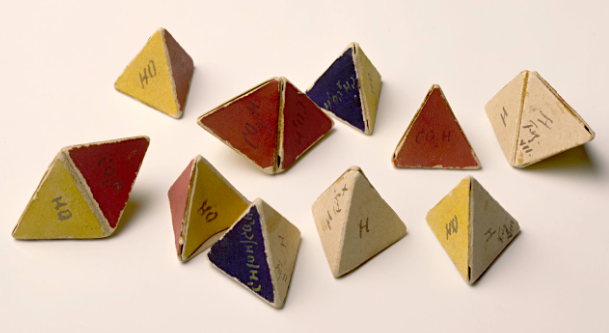Jacobus Henricus van’t Hoff
Winner of the first Nobel Prize in Chemistry in 1901, van’t Hoff was a pioneer in the field of stereochemistry and a founding father of physical chemistry.

Jacobus Henricus van’t Hoff, a Dutch scientist, conducted studies in the late 1800s that led to the birth of a new scientific field: physical chemistry.
In 1872 van’t Hoff (1852–1911) went to Bonn to study for a year. From August Kekulé he learned of a possible tetrahedral arrangement of the valence bonds of carbon, proposed by the Russian chemist Alexander Butlerov in 1862.
Research in Stereochemistry

In 1873, after moving to Paris to work with Charles Adolphe Wurtz, van’t Hoff realized that the phenomenon of optical activity possessed by some organic molecules—their ability to rotate plane-polarized light—could be explained by the two possible arrangements of four different substituents in the space around a carbon atom.
This theory provided substantial indication that the molecular structures being discussed by the chemists of the time had a physical reality in three-dimensional space and were not just aids to conceptualizing molecules. (Another graduate student working in Wurtz’s laboratory, Joseph Achille Le Bel, arrived at the same explanation of optical activity independently.)
The Field of Physical Chemistry Is Born
Van’t Hoff returned to the Netherlands to complete his doctoral degree. He was soon appointed lecturer in theoretical and physical chemistry at the University of Amsterdam, where he stayed for 20 years.There he conducted the studies of reaction rates, chemical equilibrium, chemical affinity, and osmotic pressures that helped found the discipline of physical chemistry. In 1896 he moved to the University of Berlin, and in 1901 he became the first Nobel laureate in chemistry for his work in physical chemistry.



